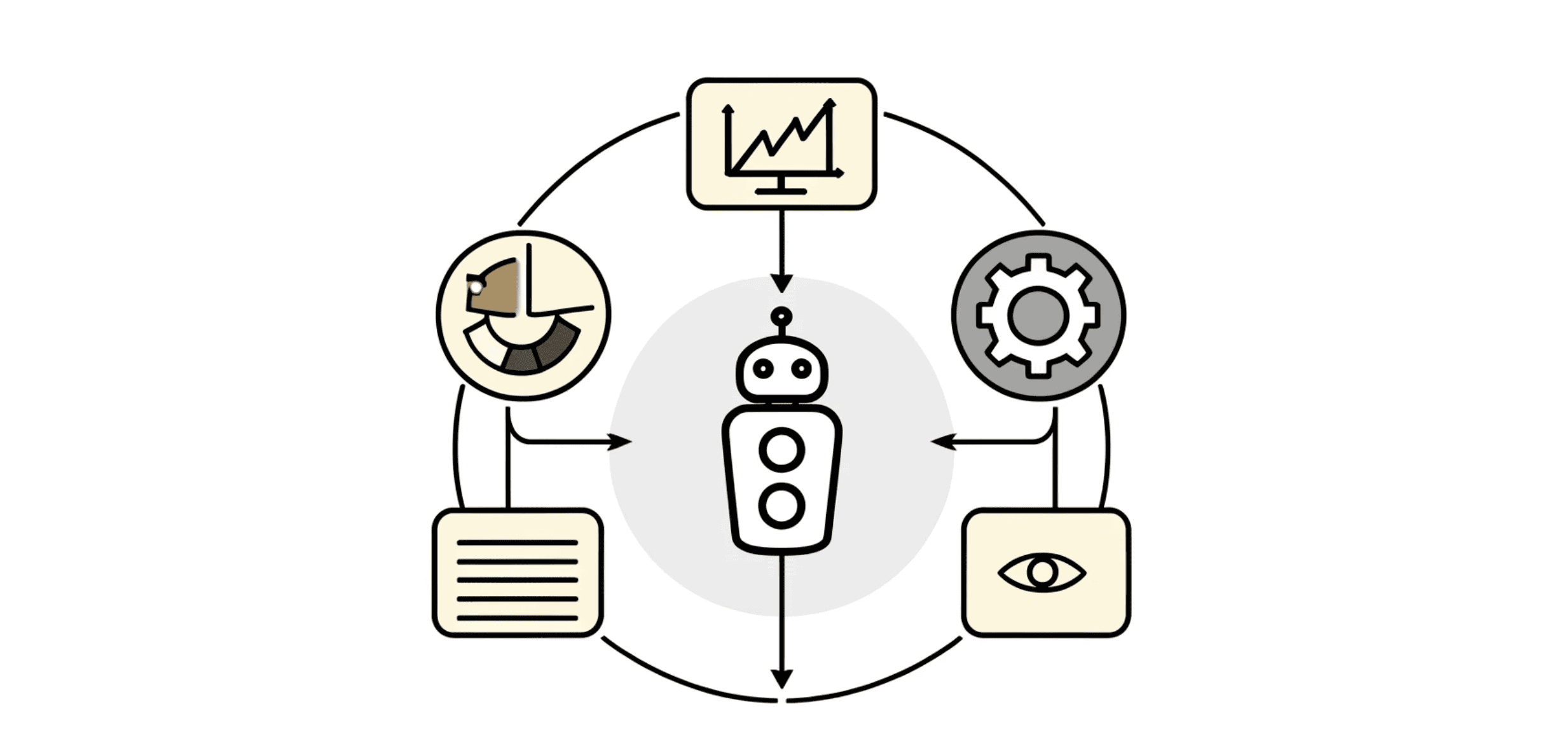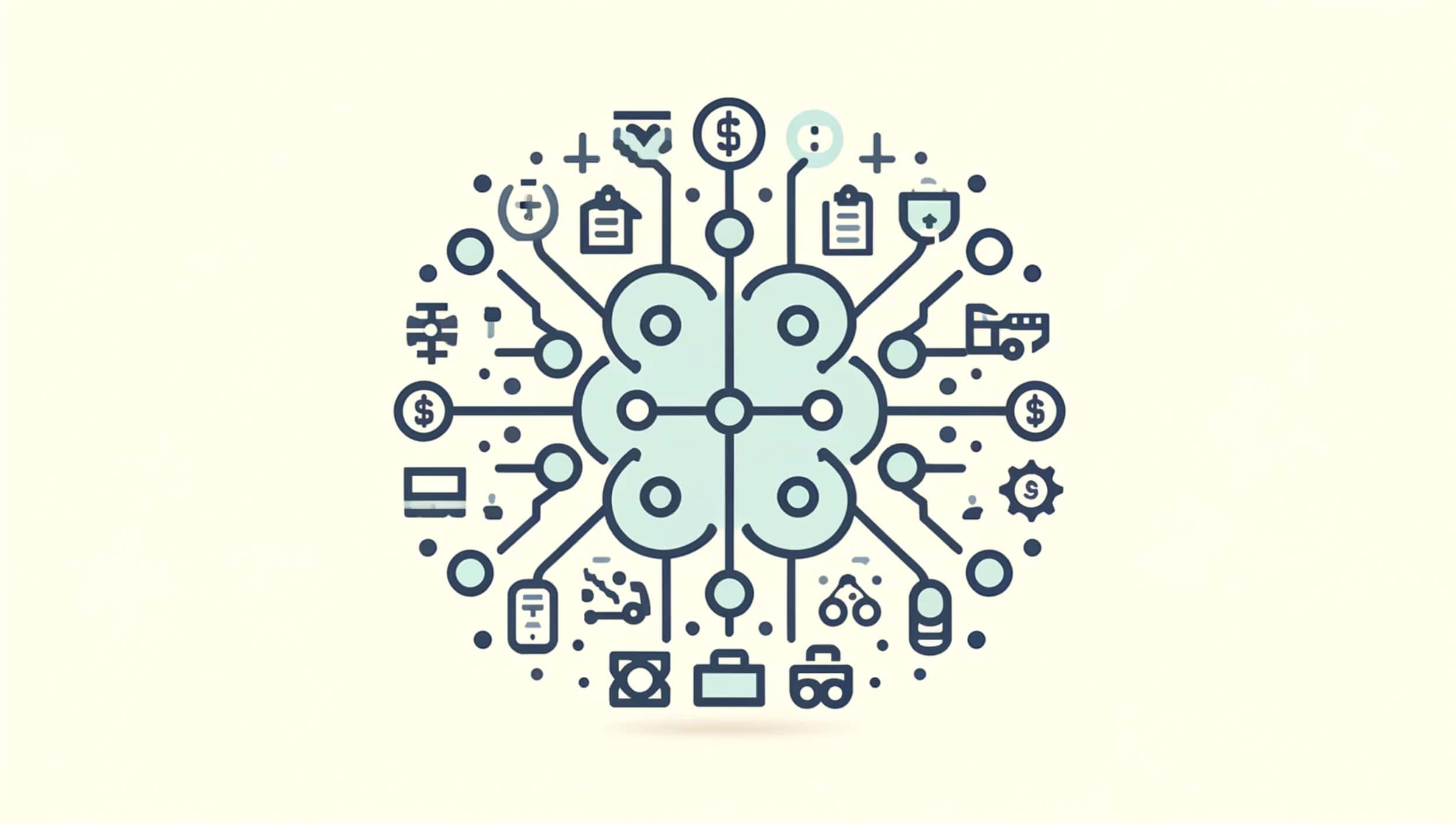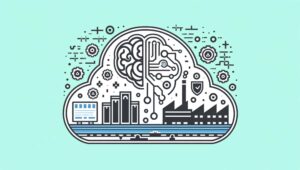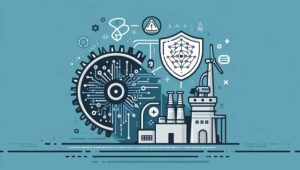Machine learning is bringing a revolution in the businesses by its unconventional technology which is greatly transformative. Let’s then start, however, by defining what machine learning is. Here, we’ll unite the whole approach to machine learning as long as its fields of use with the examples. Data visualization will also be a part of our class which will involve the part played by it in the world of data science and it’s crucial role across different industries.
Moreover, we will target to talking most notable machine learning algorithms and techniques as also tools and platforms relevant to the field. Therefore, if you are willing to be educated on machine learning and getting a running start, this essay is written for you.

Introduction to Machine Learning
Machine learning stands for a branch of artificial intelligence that deals with training of algorithms to let computers perform the tasks without thorough programming and running them on data provided to predict or make particular decisions. In other words, it consists machines to intelligently analyze and understand data, identify repeated storytelling with distinct meaning which is after that could help machines to make those seen decisions. Such a capability to learn and enhance from the experience defines the machine learning concept that distinguished it from usual programming.
Concepts Main of Machine Learning
At its core, machine learning involves three key components: They utilize different data, models, and algorithms. Data here is regarded as the fuel for that of machine learning, as that information is the basis for the models to learn and make such predictions. Unlike models, which are mathematical constructs used with the available data, are data-driven AI algorithms that are trained to learn from and make predictions regarding the data. Such knowledge will allow them to discover underlying patterns and relationships of the data backed by the statistics in order to make the right choices or decisions based on the predicted data. algorithms are the math concepts employed in the creation of these models and improve their performance.

Explaining fundamental factors of machine learning.
At its core, machine learning involves three key components: inferences, predictions and recommendations are respectively derived from them. Data acts as fuel for machine learning that is incorporated in the models .Through this data, the models are able to learn and make the predictions. On account that models use the data we have to teach them, models are derived ones. They understand the underlying trends and relationships that take place in the data and based on the underlying trends and applications, they would be abel to make accurate forecasts or predictions. The mathematical methods employed for the set of models training and in the revisions of their efficiency are referred to as the algorithms.
Machine learning in short terms is.
To bring it to the simple level, machine learning is the education or the training of computer about pattern recognition and decision-making by basing on those patterns. Consider that unwanted machine learning problem checks how to deal with the situation when a computer is supposed to identify cats and dogs. It would be given cat and dog images in large amounts that were marked as cats or dogs.
The machine learning algorithm would then processed these images features as a shape of ears or the color of the fur and the computer would be able to recognize the feature and associate it with the correct label. A trained model, for its part, can then assign a newly scanned image to a cat or dog category with no errors even when the model has never encountered the image before.
The practical examples of Machine Learning in our daily affairs.
Machine learning is like an unseeable wind and we follow its motions. Check how appealing spam emails can be and try filtering them out for yourself. This is possible because of machine learning algorithms which are trained to detect the placeholders or spam patterns.
By the example of the recommendation system established in the streaming platforms like Netflix or for example music applications such as Spotify. These applications scrutinize your viewing or listening pattern and also the characteristics of users that are similar to yours. They tend to identify which movies or songs they have watched and then suggest to you better ones which you might like much.
| Feature/Technology | Machine Learning | Artificial Intelligence | Deep Learning | Data Science |
|---|---|---|---|---|
| Definition | A subset of AI that enables computers to learn from and make predictions or decisions based on data. | A broad discipline that encompasses machine learning and other techniques to simulate intelligent behavior in computers. | A subset of ML that uses neural networks with many layers to analyze data patterns. | A field that involves extracting knowledge and insights from structured and unstructured data. |
| Primary Focus | Learning from data to make predictions or decisions. | Simulating human intelligence in machines for tasks requiring human-like understanding. | Analyzing large sets of data to recognize patterns and features. | Data analysis, including mining, cleaning, analyzing, and interpreting data. |
| Key Applications | Spam detection, recommendation systems, customer segmentation. | Natural language processing, robotics, expert systems. | Image recognition, speech recognition, natural language processing. | Market analysis, fraud detection, public policy, healthcare research. |
| Tools/Languages | Python (Scikit-learn), R, TensorFlow, PyTorch. | Python, R, Prolog, Lisp, Java. | TensorFlow, Keras, PyTorch, Caffe. | Python (Pandas, NumPy), R, SQL, Hadoop, Tableau. |
| Scope | Narrower, focused on algorithms learning from and making predictions on data. | Broadest, encompassing all technologies that emulate human intelligence. | Narrow, focused on learning from data through deep neural networks. | Broad, encompasses various techniques for analyzing big data for decision-making. |
| Data Dependency | Highly dependent on data quality and quantity for model training. | Dependent on predefined rules and learning algorithms. | Requires large amounts of data for effective learning. | Utilizes big data and data processing techniques to uncover insights. |
| Complexity | Ranges from simple linear regression models to complex neural networks. | Varies widely across applications, from simple chatbots to complex decision-making systems. | Involves complex neural networks requiring substantial computational resources. | Involves both simple and complex data analysis techniques. |
Machine Learning in Data Science
Machine learning forms a backbone of the data science which is concerned in information retrieval and creating of knowledge from data. When it comes to machine learning, large amounts of data are handled by algorithms that are meant to outline the trends and specifically detect abnormalities in order to make predictions in data science. Such a capability offers a perfect opportunity to businesses and organsizations to make data-informed decision and have an edge over the competitors.
One of the most popular machine learning techniques, i.e. regression, classification, clustering, and neural networks, is intensively leveraged in data science to identify solutions for complicated issues and find interesting details.

The role of the Machine Learning in Many sectors of the Industry.
The machine learning impact is very diverse, either in manufacturing or in other industries. Doctors and clinical professionals in healthcare apply machine learning algorithms based on captured medical data to evaluate diseases, predict patient outcomes, and recommend a personalized treatment plan.
Machine learning, which is used for the stuff like fraud detection, credit scoring and algorithmic trading, appears in finance. When it comes to transport, machine learning allows to find and upgrade routes and predict maintenance needs due to fact that encourages the emergence of self-driving cars. The pitfalls are many; the perception of risks poses a question mark.
Machine Learning Algorithms and, Techniques.
It is the underlying algorithm, technique, or good that allows machine learning to address specific problems with varying degrees of efficiency. Some of the algorithms which is the most commonly used is the linear regression, decision trees, support vector machines and deep learning. the organization involves the use of lineal regression for making numerical predictions and decision trees for both nominal and categorical data. Support vector machines have effective results when it comes to classification tasks while the deep learning models came out on top when it comes to such complex data as images or natural language.

Machine Learning Instruments and Techniques and Technologies Using Machine Learning
Machine learnign is based on a number of tools and technologies that are all designed to perform specific operations. Python, from scikit-learn and TensorFlow languages, is a python language of machine learning that is very robust and simple to use and is widely used due to the simplicity and extensive libraries it has. While R might not be as popular as Python in the data science world, it is still a common language used for statistical analysis and machine learning. Moreover, different platforms such as Google Cloud ML Engine and Azure Machine Learning incorporate into the cloud both infrastructure and resources in the development and deployment of machine learning projects.
Basics of machine learning: a way to start your machine learning journey.
Sourcing mechanics to machine learning may be confusing in the start as the technique is not very straightforward at the initial phase. Here are a few steps to help you embark on your machine learning journey:Here are a few steps to help you embark on your machine learning journey:
- Learn the basics: Let’s get the basics right, terms, and concepts of machine learning. The internet is a vast source of knowledge when it comes to coding. From online courses, tutorials to books, there is a wealth of information out there that would help you to get familiar with coding.
- Gain practical experience: It is common knowledge that machine learning is depends upon practice. Firstly, put your hands on the small projects. Then, try small algorithms, and have the pleasure of analyzing real-world datasets.
- Stay up to date: Machine learning is a very dynamic and rapidly expanding field. Awareness about the upcoming technologies, research papers and processes can be attained through online communication, youth conferences, and scientific publications.
- Collaborate and network: Join online societies for machine learning aficionados and professionals. Go online with forums, get meetups or conferences, join Kaggle competitions – that’s a great choice to share your experiences and swap different viewpoints. A network expansion is in fact important.
Conclusion
Machine learning is a very capable technology which can completely change the methods of doing business and bring richness into our very existence. Machine learning is happening because of the simplification of complex tasks through the learning from the data sets, in turn, unlocking new possibilities for innovation and making smart decisions.
Whether you’re into data science, healthcare, finances or whatever field you may be inclined, the fundamentals machine learning knowledge will give you access to a whole lot of possibility. As a wrap up to this, make the first move, jump into the machine learning arena and unlock your own magic.



